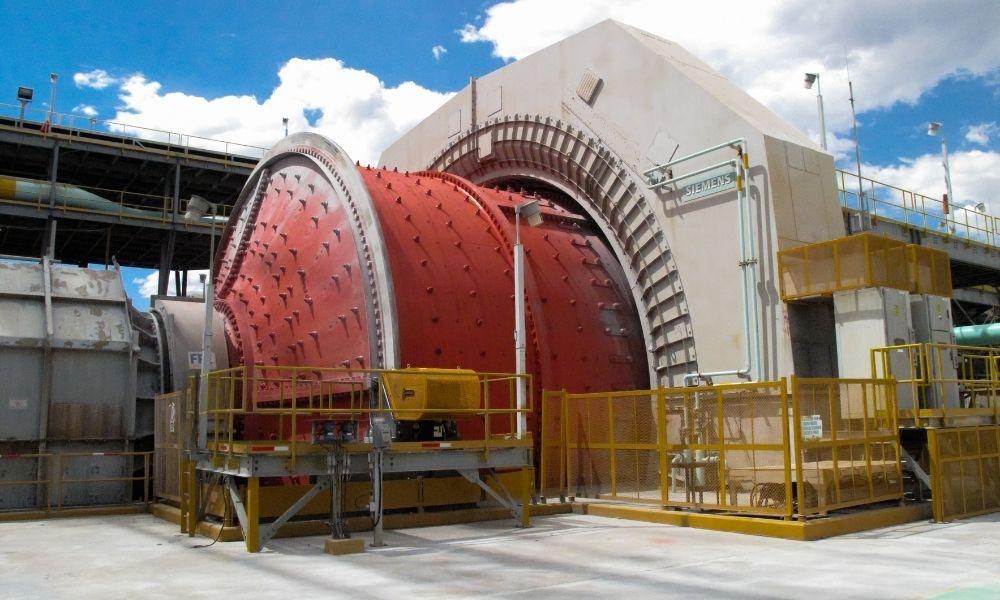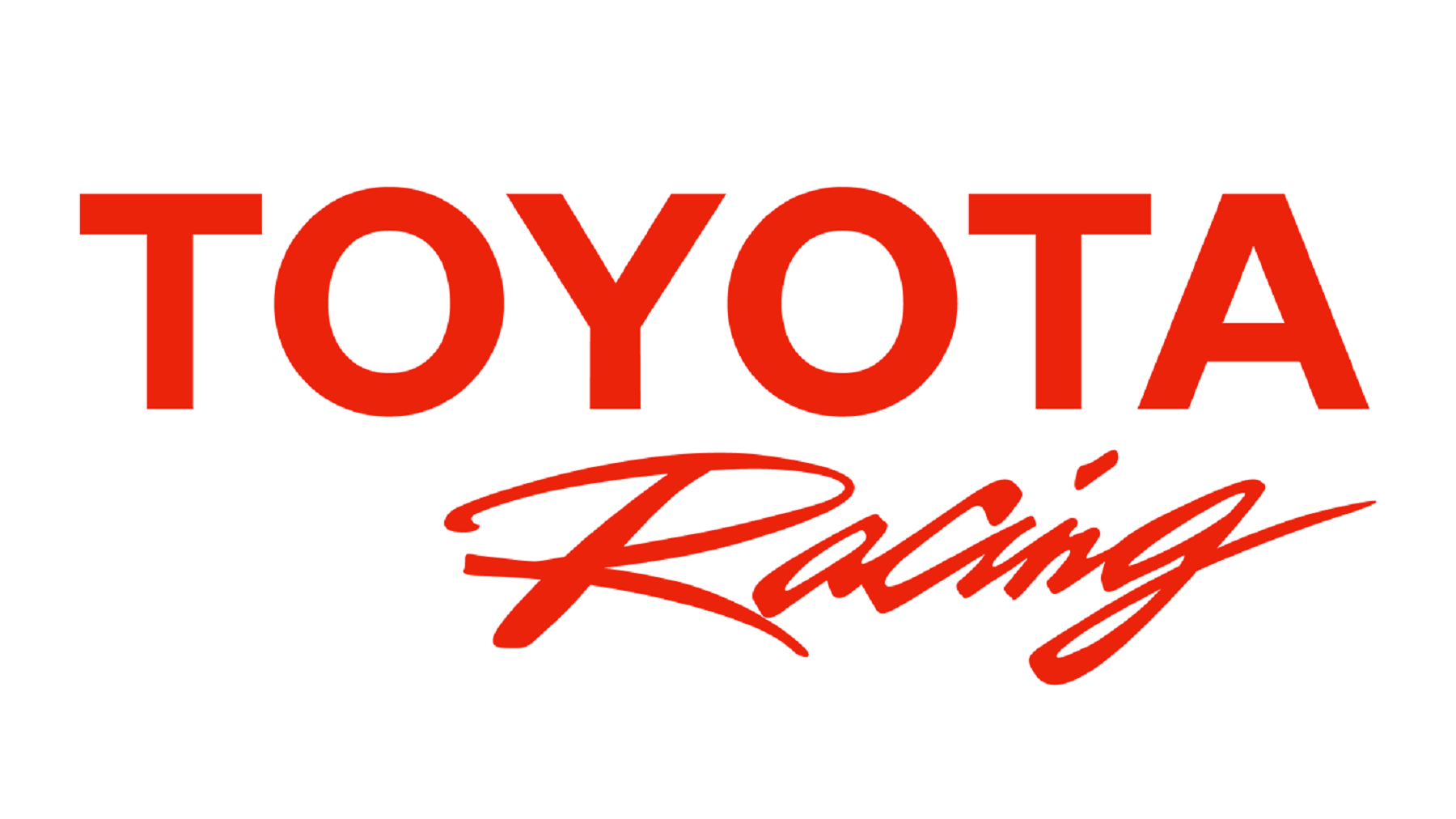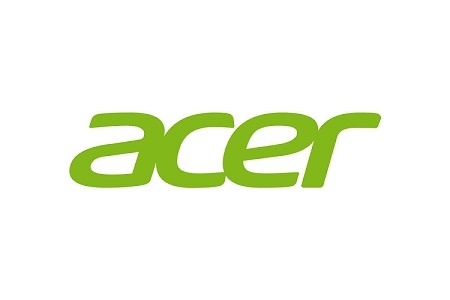Top Considerations When Selecting a Mill Liner

A mill liner is a protective system that shields the mill shell from wear and tear as the mill breaks down hard, raw materials. Some of the most noteworthy benefits of a quality mill liner include reducing downtime, extending the lifespan of the mill shell, and increasing safety within the mill. However, not all mill liners can provide such advantages. To ensure that you find a quality product for your application, consider these top considerations when selecting a mill liner.
The Material
For a mill liner to protect the mill shell successfully, the system must consist of highly durable materials. The most popular materials that mill liners currently come in include rubber, alloys, aluminum, steel, iron, and other metals. Make sure to deliberate on which material will best suit your specific application before selecting a system.
Ease of Installation
Before choosing a mill liner, consider the ease of its installation. Some systems can take a considerable amount of time to install and may have exorbitant installation costs due to highly specialized processes. To avoid excess downtime and unexpected costs, make sure to inquire about the system’s installation process.
Total Cost of Ownership
To get the highest return on investment possible when it comes to your mill lining purchase, factor in the system’s total cost of ownership. Just because a system has a lower up-front cost does not mean that it is the most fiscally responsible choice. Before making your decision, consider the durability of the system and how much maintenance it will require to get a more accurate idea of its total cost of ownership.
The Wear Life of the Liner
Another top consideration when selecting a mill liner is the liner’s wear life. Generally, the longer the wear life of the liner, the less downtime your mill will incur to maintain or replace it when it ultimately wears out. However, this concept does not always ring true.
To minimize downtime as much as possible, try to coordinate your liner’s wear life with the maintenance needs of the other machinery in your mill. By taking your larger maintenance schedule into account, you can avoid having to halt production multiple times for each individual piece of equipment and instead perform numerous maintenance tasks at once.





